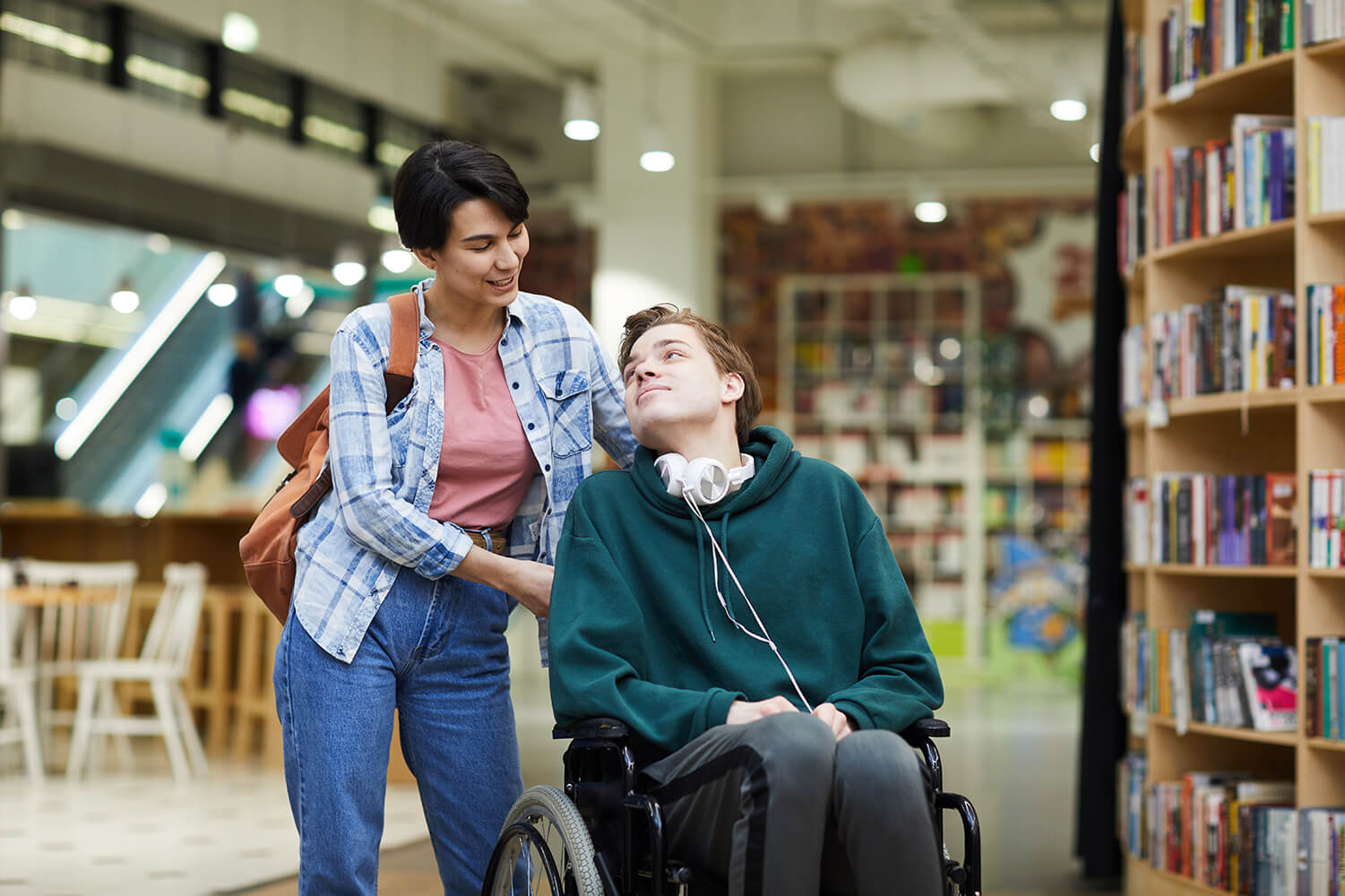Better Health Equity
WH&Y authors: Professor Kate Steinbeck
- Australia has almost 3 million teenagers, making up roughly 12 percent of the total population.
- Many obstacles get in the way of young people experiencing good health in the Teenage Decade, including a lack of research funding, a lack of specialist services, and a lack of appreciation for their unique experiences and special needs.
- Health equity for our teenagers should be an urgent priority. Until it is achieved, young people will continue to leave the Teenage Decade in poorer health than when they entered it.

WHAT IS IT?
Not everyone in our community has the same opportunity to enjoy good health. Some people face more obstacles to good health than others, and sometimes those obstacles are unfair or avoidable.
Eliminating those obstacles and ensuring that everyone has the support they need to achieve good health is what we call ‘health equity’. It’s different from the idea of ‘health equality’. Health equality is about making sure that everyone in our community has the same health resources. Health equity is about making sure that everyone has the resources they need to make healthy decisions and lead healthy lives.
Currently, the unique experiences and special needs of teenagers are not being acknowledged or supported, leading to inequitable healthcare that disadvantages them as a group and seriously compromises their health and wellbeing. These inequities include:
-
significant lack of funds to support the research of health in the Teenage Decade;
-
the resulting lack of evidence to support the best and most appropriate health interventions;
-
invisibility in policy documents and health services;
-
scarcity of health professionals with the knowledge or skills to address adolescent health concerns;
-
lack of services that address the specific developmental needs of teenagers;
-
multiple barriers to access of health services including cost, travel time, unsympathetic staff and low health literacy;
-
double disadvantage when identifying as part of a group which already experiences vulnerability and prejudice, such as LGBTQI+ or Indigenous communities.
WHY IT MATTERS
Health equity is a human right. Increasing health equity in any population group will increase overall health and wellbeing, leading to social and economic benefits for the whole community.
Health equity for our teenagers should be an urgent priority. Until it is achieved, young people will continue to leave the Teenage Decade in poorer health than when they entered it. Achieving health equity for our teenagers will yield what we call a 'triple dividend':
-
It will ensure better health for our teenagers right now.
-
Because lifetime health trajectories are established in the Teenage Decade, it will set up those teenagers to be healthy adults.
-
And because today’s teenagers will be tomorrow’s parents, and healthy parents are more likely to raise healthy children, it will promote better health in future generations.
WHAT NOW?
The inequities faced by our teenagers have multiple origins, many of which are socially determined rather than physically determined. WH&Y is currently undertaking research to identify those inequities and their impact, and translating those findings into workable solutions. Across all our activities, we are working with young people so that we can be sure that what we are researching and translating into practice is meaningful, valuable and relevant to teenagers.
But health equity requires the support of the community at large including those who develop health policy and those who plan and run health service delivery, as well as educators, employers, consumer groups, and teenagers and their families.
Working together, we can:
-
call-out systemic inequities for what they are, reducing the amount of blame carried by individuals;
-
design health services that work for a diversity of teenagers, guaranteeing these will work for everyone;
-
increase health and wellbeing in disadvantaged groups in our communities, for the benefit of rural and remote teenagers; Indigenous teenagers; teenagers who identify as sexuality and gender diverse; refugee teenagers and teenagers from culturally or linguistically diverse backgrounds, homeless teenagers, and teenagers living in out-of-home-care.
SOURCES
About The Authors
Professor
Kate Steinbeck is an endocrinologist and adolescent physician, and Professor and Medical Foundation ...









